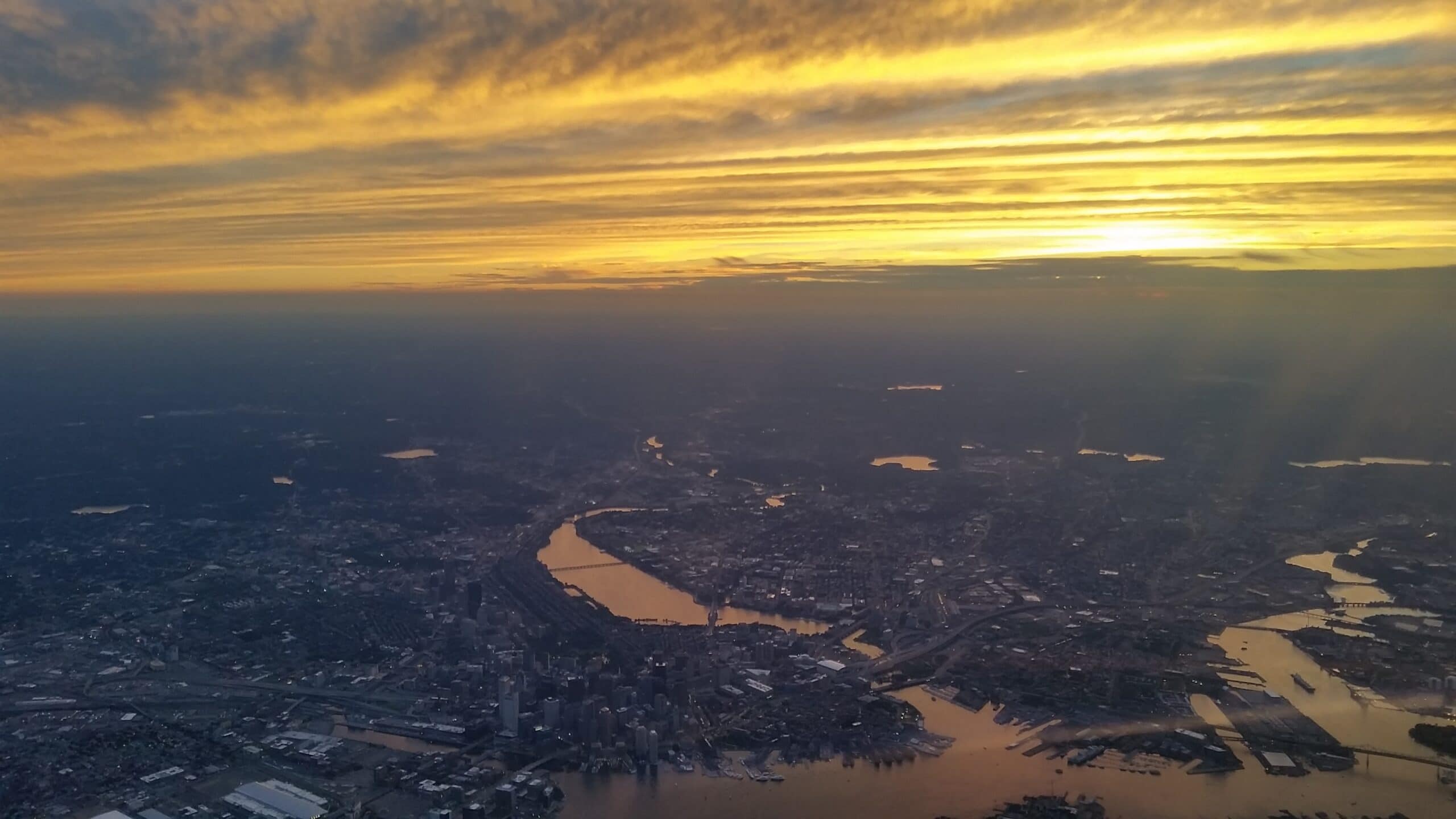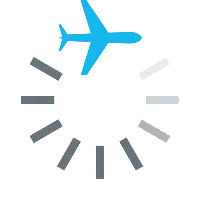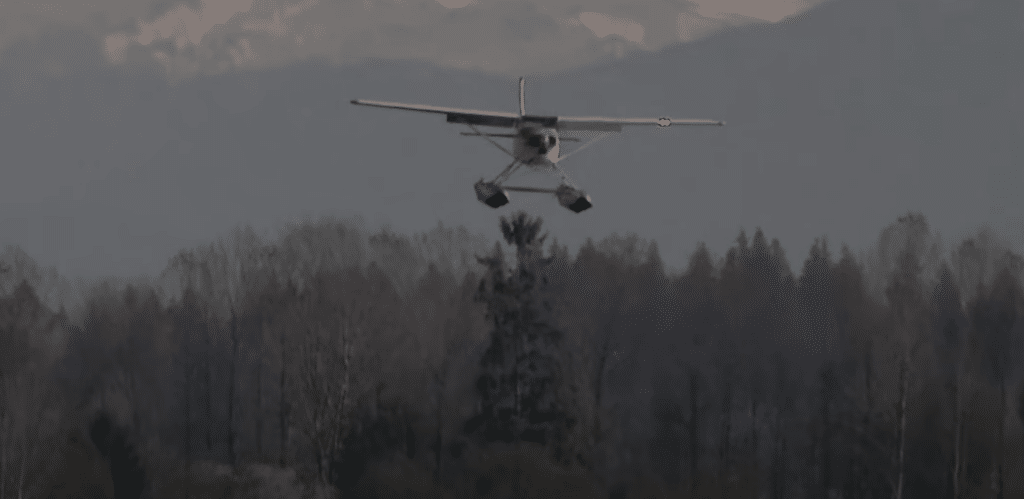Float Rating
This is the last part of our 4 part series on seaplane flying. To recap, part 1 examined the pre-flight inspection and how to assess water conditions, part 2 focused on taxiing the float plane, and part 3 examined different take-offs and basic airwork. Every take-off is optional but every landing in a float plane is mandatory! Let’s examine how to land a float plane.
Inspection of the Landing & Take–Off Site
Careful inspection of the landing & take-off area cannot be over stressed. Keep in mind that the floatplane can be landed in an area that is considerably smaller than it can take-off in. Also remember to inspect more than one direction for departure as the wind may change while you are there.
Special attention should be given to power lines, submerged obstacles, the dock or beach area, current, tides, glare, obstacles above the water, obstacles around the dock (like pilings, ramps or other vessels) etc. Special care should be given to water that is exceptionally clear as the depth is difficult to estimate. Preferably, the floatplane should be landed into the wind and away from or along the shore line.

Landing a Float Plane
Landing a float plane is comparable to landing a tail wheel equipped aircraft. The main difference from standard tricycle gear trainers is the need to fly the aircraft on to the landing surface.
It’s All in the Attitude!
Float plane flying is often referred to as attitude flying. The key is to land the aircraft in the same attitude as you had for take-off. This usually requires power at first, until you become more practiced, eventually you will be able to land the aircraft without power in the proper attitude. You will demonstrate this skill during forced approaches where you will actually land the aircraft without power.
The critical portion of the landing a float plane is when you touch the water. The natural tendency is to relax your control inputs and brake to a stop. In the float plane, this is usually when the rodeo begins. You must maintain the attitude of the aircraft with elevator, aileron and especially rudder.
This will become very apparent to you after your first few landings. As the float plane slows down, the centre of pressure (of the water) slowly moves forward until the aircraft slides off the step and back into the normal taxi mode. A gentle forward pressure on the controls at this time is required to keep the aircraft from falling off the step and bouncing along on the back of the floats.
It can be a very gentle and soft landing. Handled properly it is poetry in motion.
Rough Water Landing
This landing is carried out with exactly the same subtle nose up attitude as the rough water take-off to ensure the strongest part of the undercarriage bears the brunt of the landing. As the aircraft slows maintain the higher than normal nose attitude until the aircraft settles into the taxi mode. Be ready with power for recovery from severe bounces.
Glassy Water Landing
Calm conditions known as glassy water are the most deceptive phenomenon known to the float plane pilot. It is an outright dangerous surface to land on if not completely comfortable with the procedures. The height above the water surface is impossible to estimate correctly, making it extremely difficult to judge the final few feet.
Many experienced float pilots have been caught up in the deception. The most dangerous glassy water condition is when the water surface is clear. The pilot will be looking at the bottom of the river or lake and not at the surface of the water.
The glassy water landing is always a power-on landing and should be initiated about 100 to 150 feet above the water. Land parallel and close to shore (don’t worry about the wind as there is none) to maintain a reference above the water.
Set flaps (usually 20-30 degrees) where maximum lift and minimum drag will be obtained and assume the landing attitude. The rate of descent should be controlled with power to around 50-100 feet per minute. Do not change the attitude. As the aircraft descends through the last 10 – 20 feet, its rate of decent will slow somewhat as it will come into ground effect and the touch-down will be made.
Maintain the attitude of the aircraft until the speed bleeds off and the aircraft settles into taxi mode. Glassy water landings usually consume a considerable landing area. This is why the worst case scenario for a seaplane pilot is a heavily loaded aircraft landing on a short lake in glassy conditions.
Emergency Landing
The float plane may be landed on almost any surface encountered over land. The float plane is even safe on soft or rough ground. Landings in grass have been done with no damage at all to the floats. Contact should be made as even as possible, rudders up. As soon as contact is made, the stick should be fully brought back and held there.
Should the pilot be forced to land on glassy water, the landing should be made as close to shore as possible. The height could hopefully be judged from a reference point on the shore line.
Cross Wind Landing
The cross-wind landing is accomplished by first eliminating the drift on your approach by flying crabbed into the wind. When you are close to the water, straighten the aircraft with rudder, lower the upwind wing and assume the landing attitude. This is the other half of the most important skill you will learn in your training.
You must land on the upwind float first, in the landing attitude while keeping the aircraft straight and level.
Done properly the other float touches at virtually the same time as the upwind one. Keep the ailerons into wind and retract your flaps. The aircraft will slow and settle into the taxi mode. This requires practice and coordinated control inputs. When you hear someone refer to a pilot as having ‘good hands and feet’ this is what they mean.
After Landing
Get into the habit of retracting the flaps immediately after touch down in the float plane, this will spoil the lift and lessen the chance of the aircraft becoming airborne again. The water rudders are lowered after the aircraft has settled into the taxi mode. Run through your after-landing checklist and prepare for the next phase of flying floats.
Docking
Docking a float plane is not like parking a car. A float plane has no brakes and the engine has to be shut down before the aircraft can come to a stop. Therefore, the last part of the docking maneuver is without power and brakes. The pilot shuts the engine off when he is certain that he can coast to the dock and steers the float plane alongside.
Before approaching the dock, carefully check for pilings and other obstructions that could damage the wings or tail feathers. It is wise to plan the docking maneuver without help from passengers or uninformed people standing on the dock.
Never allow a person to go out on the float with the engine running.
It would surely spoil a nice day if someone would walk into a propeller. People standing on a dock are always willing to help, but often do it the wrong way. If an effort is made to stop the aircraft by holding back on the wing tip, the aircraft will swing around and smash into the dock. Get out on the float and catch the aircraft yourself.
Never rely on someone else to launch or catch you at a dock unless you are sure they know what they are doing.
You and only you are responsible for the aircraft and what it plows into.
Approaching the dock in windy conditions should be done into the wind. The same counts for current, do not dock with the current, as you would eventually end up going as fast as the current with no speed through the water and therefore no rudder control.
Securing the Float Plane
The best way to secure the aircraft (of course!) is to remove it from the water. If this is not possible, you must make sure that it is secured by two to four tie-downs, depending on conditions and length of time away from the plane.
Before leaving the plane for any length of time, make sure the floats are pumped dry (if left in the water) and that it is safe from other vessels, wind, waves, currents, and tides – which could either leave you high-and-dry or float your plane away!


